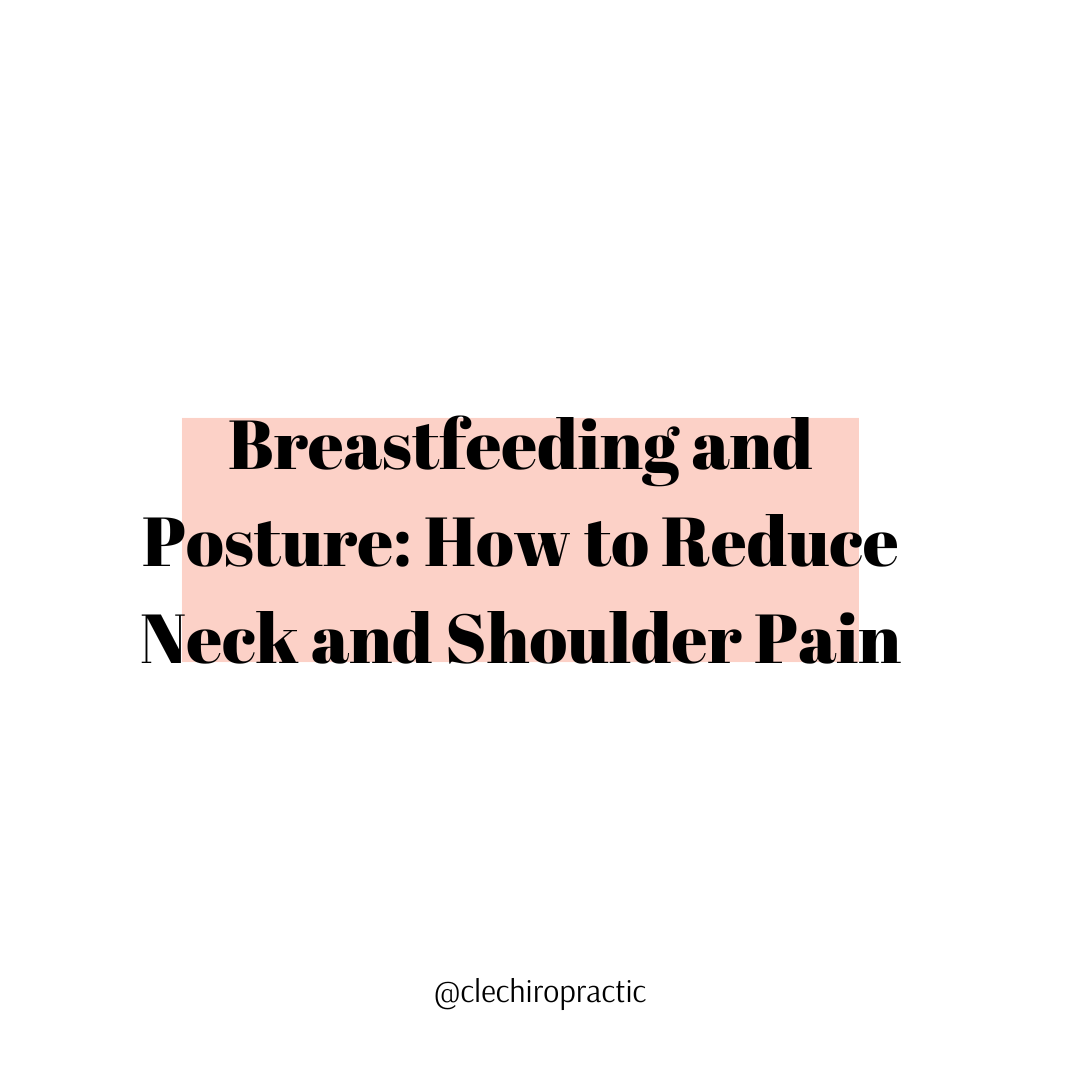April is International Cesarean Awareness Month and as a c-section mama and member of International Cesarean Awareness Network (ICAN) myself, this month holds a lot of significance for me.
Why is cesarean awareness important?
In the United States, 1 in 3 women will have a cesarean birth. While a cesarean can be a life-saving surgery for both moms and babies, cesareans do also come with real risks that are rarely talked about. International Cesarean Awareness Month is organized by ICAN and focuses on raising information around cesareans including reducing preventable cesareans, supporting cesarean recovery, and advocating for vaginal birth after cesarean (VBAC).
The World Health Organization (WHO) consideres the “ideal cesarean rate” to be 10-15%. In the US, in 2021, our cesarean rate was 32.1%. The rate of primary cesareans* in the US in 2021, was 22.3%. According to the WHO, cesarean rates have risen worldwide from 7% in 1990 to 21% today. These rates are predicted to increase throughout the decade.
Some facts from ICAN’s website:
· It is estimated that almost half of cesareans performed could be prevented safely.
· Preventable cesareans may be responsible for up to 20,000 major surgical complications each year. These complications include sepsis, organ injury, and hemorrhage.
· Cesareans can be “family friendly” depending on the providers and hospital protocols.
o A “family friendly” or gentle cesarean can include two support people in the OR (partner and doula, family member, birth photographer, etc.), immediate skin-to-skin contact in the OR, unrestrained arms, music of choice, immediate breastfeeding, partner involvement in the OR, clear drape, etc. This cesarean gives the family as close to a vaginal birth experience as possible.
· Many families do not know options exist regarding VBAC, family friendly cesarean, and more and therefore cannot advocate for themselves.
2023 Theme for Cesarean Awareness Month: “You Have Options”
To me, this theme is such an important topic of discussion. Many people still assume that “once a cesarean, always a cesarean”, when in fact, 60-80% of women who have a trial of labor after cesarean (TOLAC) will have a vaginal birth! For many, a vaginal birth after cesarean carries less risks than a repeat cesarean does. When planning a VBAC, it is important to find a provider that is not “tolerant” of a VBAC, but “supportive”.
Uterine rupture is a real risk of a VBAC; however, uterine rupture occurs in less than 1% of those laboring after a cesarean with a low transverse incision. Evidence shows that risk of uterine rupture decreases with each VBAC.
A vaginal birth after multiple cesareans is possible- and for many, low risk!
Ultimately, you decide what is best for you and your baby.
You have the RIGHT to informed consent and informed refusal. Informed consent is being given an unbiased discussion on all of the benefits, risks, and alternatives of the proposed treatment or procedure and you are able to choose to consent freely. Informed refusal is being given the unbiased discussion on all of the benefits, risks, and alternatives of the proposed treatment or procedure and you choose to refuse. Unfortunately, it is VERY common in the medical community to feel bullied or coerced into a decision. This behavior is unethical and often leads to trauma. Consent forms in a doctor’s office or hospital DO NOT replace a discussion on the benefits, risks, and alternatives.
My Story
I planned a homebirth with my oldest son, Otto. I hired two midwives and a doula to be at his birth. Soon after my midwives arrived, we learned that he was experiencing heart rate decelerations with contractions. This can be normal- his heart rate was not dropping too low and was coming up quickly after the contraction ended. I made the informed decision to continue to monitor it at home and try some different positions. A few hours later, his heart rate dropped lower than it had been and didn’t come up as quickly, although it did come up. I asked my midwives to be checked and decided to drive to the hospital for additional monitoring and support, if our baby needed it. I was 4cm dilated. I knew that my body had quite a ways to go and a first time mom pushing could be longer and harder on the baby. I do have his full birth story on my podcast (Delivering Strength) and will spare the details for now, but ultimately, he was born via unplanned cesarean. I hate to call his birth an emergency cesarean as we were able to calmly go into the OR and I was not put under general anesthesia.
Just about 2 years later, I found myself 33 weeks pregnant with our second baby. I was planning a homebirth and was still working with hospital-based midwives. At this appointment, I had planned to tell my hospital-based midwife that I was planning to have a homebirth, but the appointment went sideways. While she meant well, she ended up saying to me “you will need to start to think about the possibility of getting to 41 weeks and deciding if you want to be induced with Pitocin or have a repeat cesarean.”. WHAT?! Ultimately, I did not tell her that I planned to have a homebirth and did not return for future appointments. My son, Rhys, was born at 42 weeks + 1 day gestation in the comfort of our home after a 3.5 hour labor.
I had a second HBAC (homebirth after cesarean) in July 2022 with my daughter, Adeline.
While I am truly honored to work with every patient that walks into my office, I have a special passion for working with women recovering from cesarean and preparing for a vaginal birth after cesarean as I have walked these journeys myself.
Xoxo,
Dr. Candace
*primary cesarean= cesarean that is performed for the first time on a pregnant woman.





